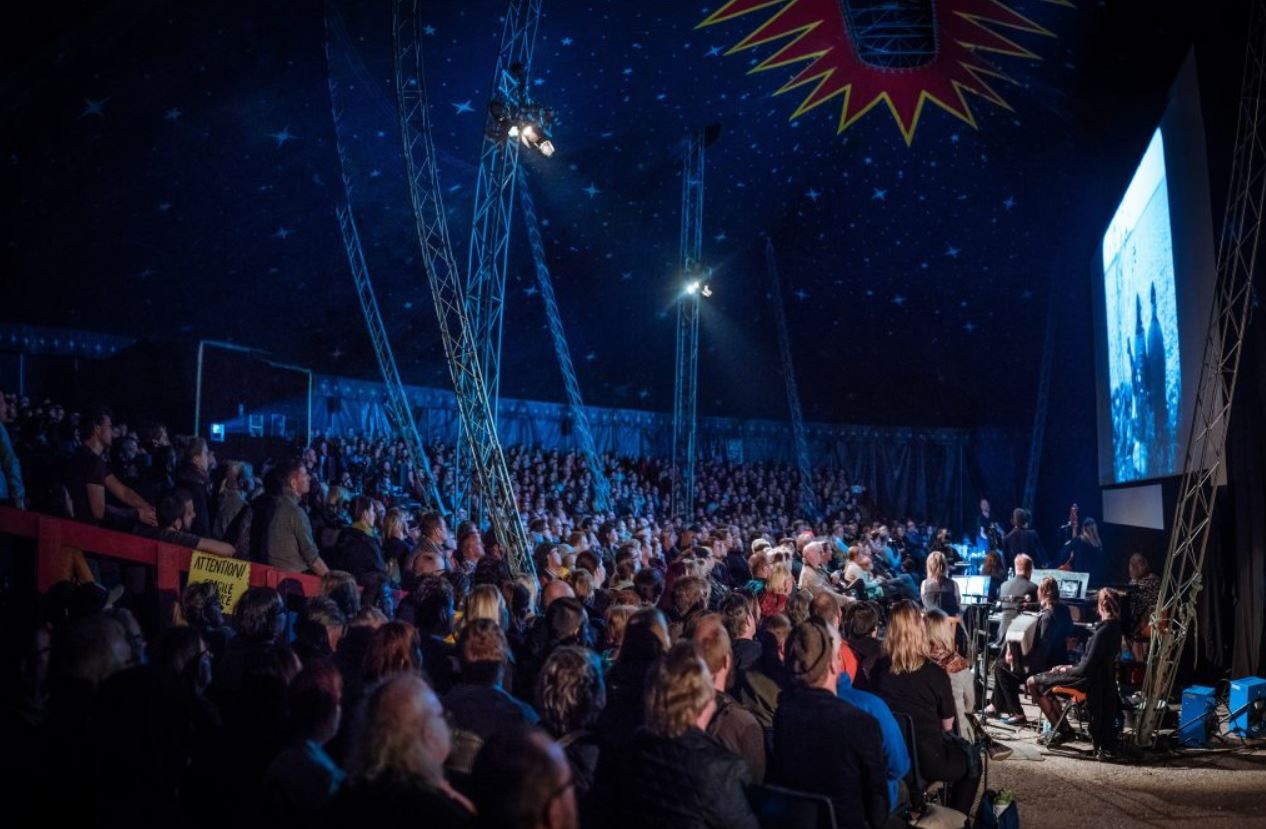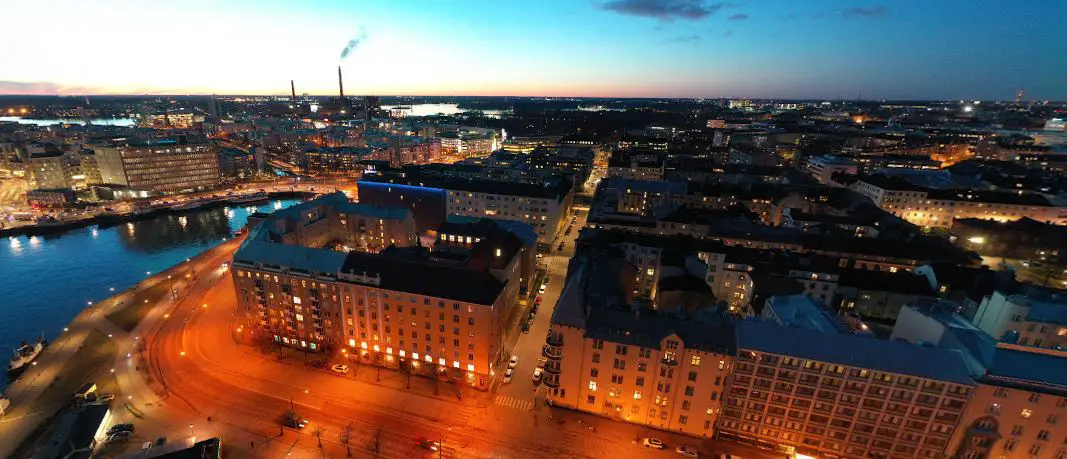Are there any restrictions on camping in Finland's national parks?
Post ByAdequate Travel
Summary
Camping can be a great way to explore the natural beauty of Finland's vast national parks. In this blog, we will explore the regulations and restrictions on camping in Finland's national parks, so you can better plan for your next outdoor adventure! Travellers can find valuable travel information for tourists, such as local customs, must-see attractions, and dining recommendations, to make the most of their trip.Restrictions on camping in Finland's national parks
1. Designated camping areas:
Most national parks in Finland have designated camping areas where visitors are allowed to set up their tents or park their recreational vehicles. These areas usually have proper facilities such as fire pits, toilets, and waste disposal. Camping is restricted to these designated areas, and visitors must follow the camping rules and regulations specified for each individual park.
Example: In Nuuksio National Park near Helsinki, there are several designated camping areas such as Haukanholma and Mustalampi where visitors can camp. Camping outside these designated areas in Nuuksio is not allowed.
2. Limited camping duration:
There may be restrictions on the duration of camping within Finland's national parks. Usually, overnight camping is permitted for a specific number of days or nights. Visitors must comply with these restrictions and ensure they do not exceed the permitted duration.
Example: In Urho Kekkonen National Park located in Lapland, camping is allowed for a maximum of three nights in any specific location. After three nights, visitors must relocate to another camping area in the park.
3. Leave No Trace principles:
Visitors are expected to follow the Leave No Trace principles while camping in Finland's national parks. This means that campers must leave the campsite in the same condition as they found it, minimizing their impact on the environment. It is crucial to properly dispose of waste, avoid damaging natural resources, and respect the wildlife and other park visitors.
Example: In Pallas-Yllästunturi National Park, campers are required to pack out all their waste, including human waste. There are composting toilets provided in some designated camping areas, and visitors are encouraged to use them.
4. Fire restrictions:
There may be specific regulations regarding campfires in national parks. In some parks, campfires are allowed only in designated fire pits, while in others, open fires may be prohibited altogether, particularly during dry seasons.
Example: In Repovesi National Park, campers are only allowed to make fires in designated fireplaces, and collecting firewood from the park is strictly prohibited.
5. Permits and fees:
In certain national parks and during specific seasons, camping permits or fees may be required. These permits help manage visitor numbers and ensure a sustainable camping experience. It is important to check the official website or contact the park authorities for information on permits and fees.
Example: In Koli National Park, a camping permit is required for overnight stays in designated camping areas. The permit can be obtained either online or from the visitor center, and there is a fee associated with it.
It's essential to stay updated with international travel information, especially when planning a foreign trip, to navigate any changes in travel advisory or travel warnings.Suggested Questions
- Porvoo Old Town, Porvoo: Horror Story, History & Paranomial Activities
- Kannus Church, Kannus: Horror Story, History & Paranomial Activities
- Korpilahti Church, Korpilahti: Horror Story, History & Paranomial Activities
- Kankaanpää Old Church, Kankaanpää: Horror Story, History & Paranomial Activities
- Raseborg Castle, Raseborg: Horror Story, History & Paranomial Activities
- Heinola Church, Heinola: Horror Story, History & Paranomial Activities










